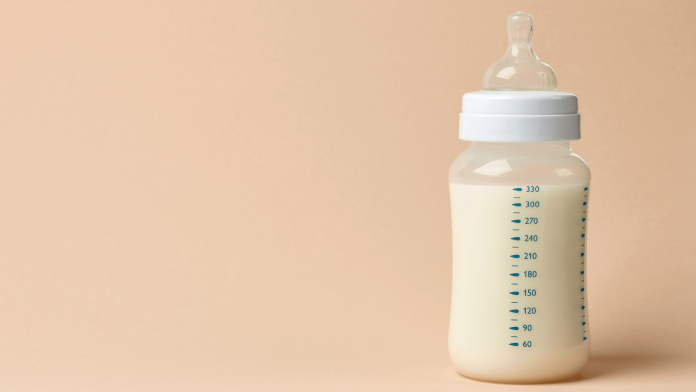Nourishing your baby, of course, is one of the most important aspects of raising them, and whether that nourishment should be in the form of breastfeeding or formula is an important decision that mothers-to-be have to make. There’s a bit of a myth that tends to go around about formula not being a good option for feeding babies—this is simply not true. What is true is that leading health organizations do claim that breastfeeding is the healthier choice when possible, formula is a perfectly healthy option that will be even better for some moms in certain situations.
Ultimately, whether you choose to breastfeed or to use formula is a completely personal matter. In order to make the choice that best suits you and your lifestyle, we’ve put together the benefits to each of the two below.
The Case for Breastfeeding
Medical professionals agree that this is the healthiest option, with leading organizations recommending breastfeeding exclusively for the first 6 months and encourage it for the first year if both the child and the mother are able and willing.
One of the great benefits of breastfeeding is that, statistically, babies that breastfeed visit the hospital for infections less often than babies that rely on formula for nourishment. While formula does a great job at replicating the vitamins and benefits given through breastfeeding, it can fall a bit short in a few categories, and this is one of them. Infections like diarrhea and ear infections are some that can be avoided more easily if breastfeeding.
Breast milk is also much easier for the baby to digest—it is quite literally the perfect food made specifically for each and every baby. This will help babies avoid diarrhea and absorb all of the necessary nutrients more easily. Easily digestible food does have its drawbacks, however, as we’ll see later.
Maybe the easiest and to some the most important case to make for breastfeeding is the cost: nothing. There are certainly products that can help with breastfeeding, from more convenient bras to pumps, but at face value, breastfeeding doesn’t cost a dime.
The Case for Formula
Breastfeeding is often cited as the best option, but it’s important to point out that formula is never cited as a bad option—at least not by medical professionals. It’s still a very healthy option for both mothers and babies, and in some situations, it’s a much better option for the mother’s lifestyle.
One immediate benefit is comfort. Breastfeeding can be a wonderful experience between a mother and her child, but it can also be an exhausting and sometimes painful one. There are lots of complications that can arise with breastfeeding that can make it easier for mothers to opt for formula instead, or intermittently.
Tying into the previous point, we had mentioned that breast milk is easier to digest, which is ultimately a good thing for the baby. For the mom, however, this means that the baby is going to need more nourishment sooner, which can certainly be tiring. Formula, being harder to digest, will give moms more time between feeding times, which can be especially helpful towards the beginning when babies need to feed quite often.
Convenience is another big pro for formula, for a variety of reasons. For one, moms might not always be available to breastfeed, and if this is due to traveling or some other need to be away from their baby for an extended period of time, a pump isn’t going to cut it. Diet is another factor. Moms who breastfeed need to watch their diet, since the food and drink they consume will nearly directly be transferred to the baby. If your diet requires you to have something that isn’t the best for your baby, or you just can’t give up your caffeine—both valid reasons—then formula might be a better option for you.
The Takeaway
Whether to give your child breast milk or formula is ultimately a personal choice that has practically negligible effects on your baby’s health. Both options are perfectly good and healthy ways to nourish a baby, and the choice will ultimately depend on your personal lifestyle and preferences.


